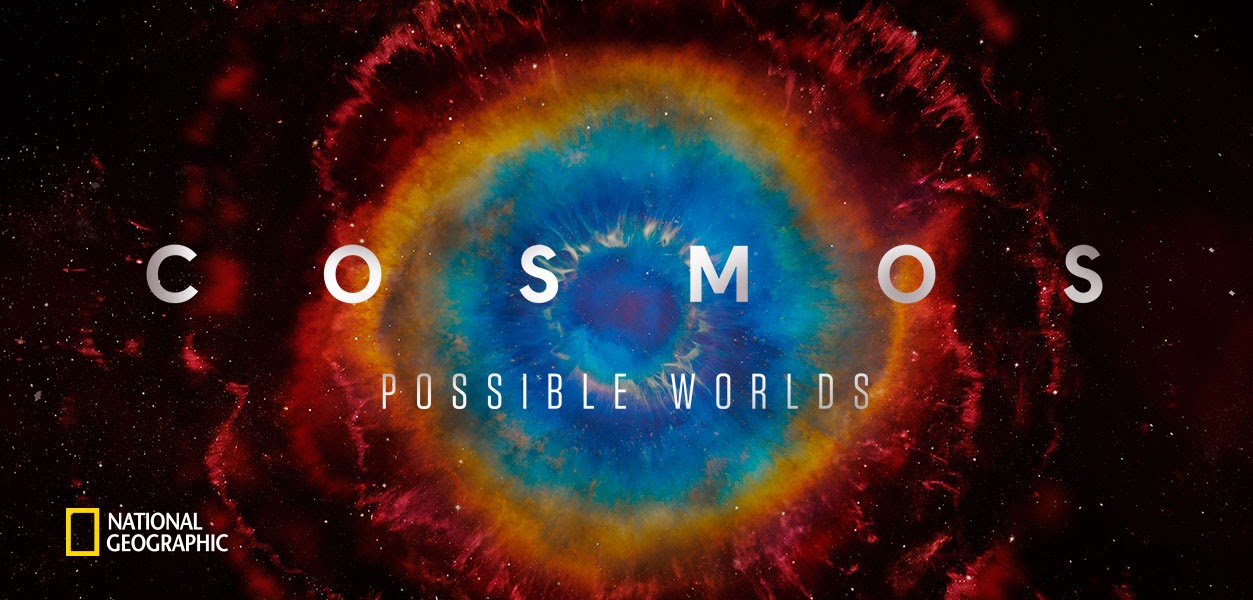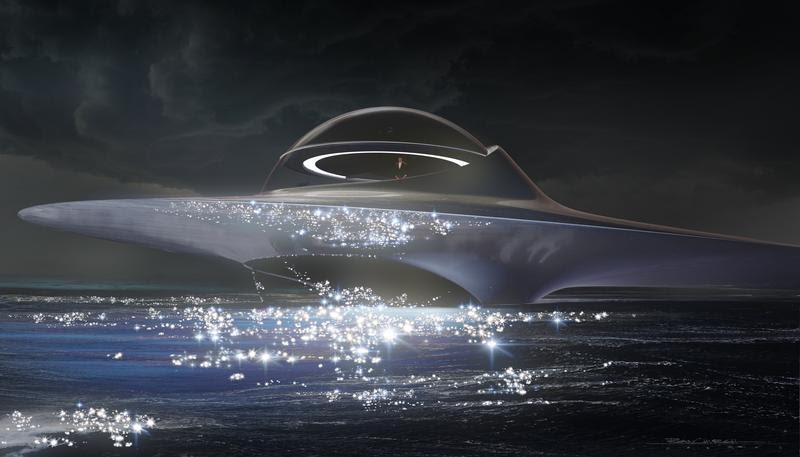TV Review: “Cosmos: Possible Worlds” (NatGeo)
The third iteration of the legendary scientific discovery series Cosmos is about to begin. The Carl Sagan original aired on PBS, while the Neil deGrasse Tyson reboot, Cosmos: A Spacetime Odyssey, aired on Fox in 2014. Neil returns to host this third series, which is still executive produced by Ann Druyan and Seth McFarlane. Now under the Disney umbrella, Cosmos: Possible Worlds feels right at home on National Geographic, where it will premiere on March 9th.
Welcome back to the Ship of the Imagination, our vessel to discover the history of mankind’s quest to find a home juxtaposed against a future in which we need to find a new one on another planet. The Polynesian wayfinders are compared to the space explorers of the future who may need to help man reach a new world across galaxies. And the Cosmic Calendar is back to remind us of just how small mankind’s impact is when compared to that of spacetime.
Like the original wayfinders celebrated in Disney’s Moana, future generations will travel by surfing. But rather than riding the ocean waves, they’ll be surfing gravitational waves on light sails. Each episode reveals new and exciting scientific facts through marvelous animation, both CG and 2D styles. You’ll get a scientific history lesson using the latest theories and discoveries to explore the origins of life and evolution while looking ahead to the future.
Cosmos: Possible Worlds celebrates the scientists who made discoveries about life and its origins, bringing together multiple scientific disciplines and combining their research. It may surprise many viewers that the origins of life aren’t just biological, but require a combination of the fields of chemistry, geography, and physics in order to be explained. By episode three, you’ll be introduced to the founder of geochemistry, Victor Goldschmidt, whose pioneering research is the foundation of this series.
This new series doesn’t just look at earth, but at planets, moons, and suns that we’ve seen through telescopes with a future forecast of how these planets will change over time to potential offer a new home for the creatures of earth. But similar to our planet, these future inhabitable locations could form their own life before we get there. It’s a fascinating discussion that will play out over the course of eight episodes.
Whether you’ve followed every version of Cosmos or are starting here, Cosmos: Possible Worlds achieves its goal of creating a highly entertaining and educational series. The foundation of Epcot is alive and well and at times, I felt like I was a kid again riding Horizons. The series offers a new outlook on the future of life and all the possibilities that come along with it. Join Neil deGrasse Tyson on the Ship of Imagination in Cosmos: Possible Worlds on National Geographic starting March 9th.
I give Cosmos: Possible Worlds 5 out of 5 Pandora-like planets



